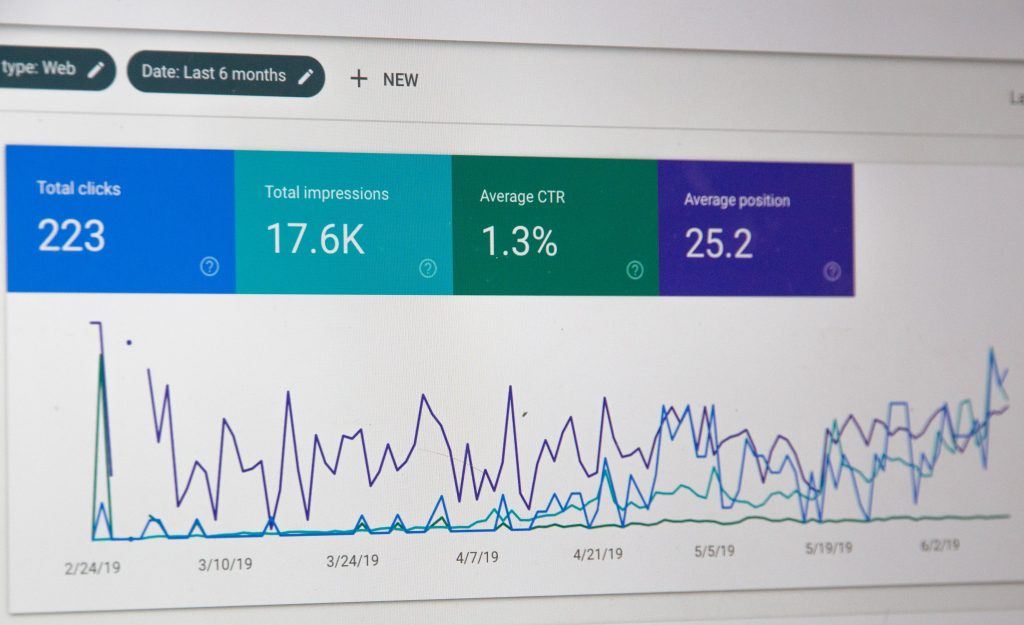
Google frequently rolls out new algorithm updates, with the purpose of (A) crafting the highest-quality search engine out there, and (B) getting many a digital marketer to pull their hair out once every few months. Okay, we’re kidding about that last part, but we’d be lying if we said that this algorithm isn’t purposefully mysterious. It’s our job as SEO strategists to figure out what ranks well, and why.
In May of this year, Google announced a new ranking update: user experience (UX) will play a greater role in search results—and, by extension, SEO efforts. That means that Google will analyze users’ browsing habits, and if it determines they’ve had a poor experience on a site, it will shuffle the algorithm towards something more favorable. If your website contributes to what Google deems a “poor UX,” you won’t rank as high as you once did. A lot of pressure, no?
Lucky for you, Google doesn’t expect to roll this update out until 2021, so you still have time to prepare. Here’s more on why user experience is important for SEO, and what you can do to improve your organic performance.
How Is User Experience Determined?
User experience isn’t determined by something as straightforward as a Yelp review—not all the time, anyway. (Can you imagine if we had to leave reviews for every page we visited?)
Google has developed “page experience criteria.” Essentially, these are the guidelines and metrics for how UX is and will be determined. Examples of these what your site will be judged on include:
- Fast page loading times
- A mobile-friendly experience
- How “present” ads are (read: how frequent, how disruptive, and where they’re placed on the page)
Again, the UX update doesn’t go live for another few months, at least. However, we recommend reviewing this page experience criteria regularly and testing your site’s current UX level now.
How Can My Business Prepare for Google’s UX Update?
Never fear, there are plenty of ways your business can prepare for Google’s user experience update. You’ll go from wondering, “How does UX affect SEO?” to mastering the algorithm itself. Well, as much as it can ever be mastered, at any rate!
Utilize Keyword Research Tools (Like Google Search Console)
Ah, yes, Google Search Console—one of our favorite SEO keyword research tools. Did you know they have a feature called the Core Vitals Report, which analyzes field data and shows you how your pages perform?
After analyzing page load times, your mobile site, ad presence, and so on, the Core VItals Report determines whether you’re creating a “poor” user experience. This is then backed with data to support why you should make adjustments. For example, if your page load time increases from 1 to 3 seconds, the bounce rate skyrockets to 32%. And if your pages take 6 seconds or more to load, that same bounce rate triples. Being aware of underperforming core vitals early on will save you a lot of trouble come 2021.
Ensure That Your Site is Mobile-Friendly
Reports show that 76% of households in the United States have a smartphone of some sort, and many of them make purchases on those very phones. Think of how frustrating it would be to access your website on a home computer without the convenience of that mobile interface.
Here are a few quick pointers when creating a mobile-friendly website:
- Cache heavily. Encourage users to store important data so that they don’t have to download it more than once on repeat visits.
- Reduce the number and size of images. Photos take up a ton of resources on your site, so go on, scale ’em down! This will improve load times and keep your site’s layout from looking too wonky on mobile.
- Use larger font sizes. This minimizes distraction and avoids overwhelming your users with large blocks of text. It also helps SEO keyword phrases and calls to action stand out even more.
When Running Ads, Emphasize Quality Over Quantity
Over 615 million devices have some form of ad blocker installed, but sites are starting to catch on. How often have you had an intrusive pop-up ad ask you to “please turn off your adblocker” or something similar? It seems that all of us are destined to see ads now and again, even those of us who have taken preventative measures.
With that knowledge in mind, make your ads count! Many of your users were reluctant to see them anyway, so ask yourself whether they’re as inoffensive and unobtrusive as possible. Eye-catching ads are great, but ones that force users to interact? Not so much.
Partner With the Digital Marketing Pros
Many businesses don’t yet have user experience or search engine optimization on their radar. Luckily, digital marketing agencies eat, sleep, and breathe the Google algorithm. Having a fresh pair of eyes monitoring these updates and tweaking your digital presence to improve UX makes all the difference. That’s why we encourage you to reach out to Snap today. Let’s revamp that user experience together, so that you’re more than ready for 2021.



